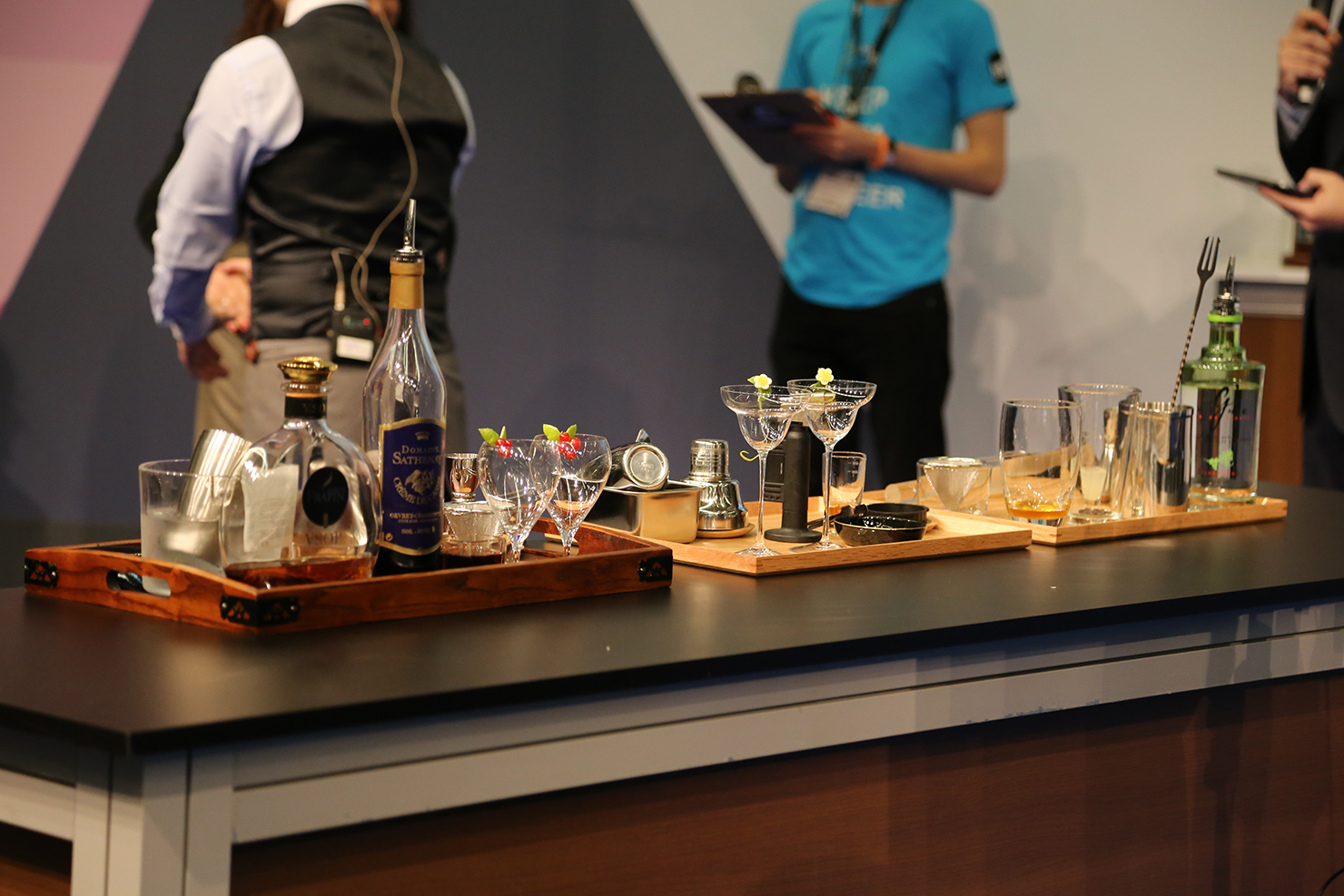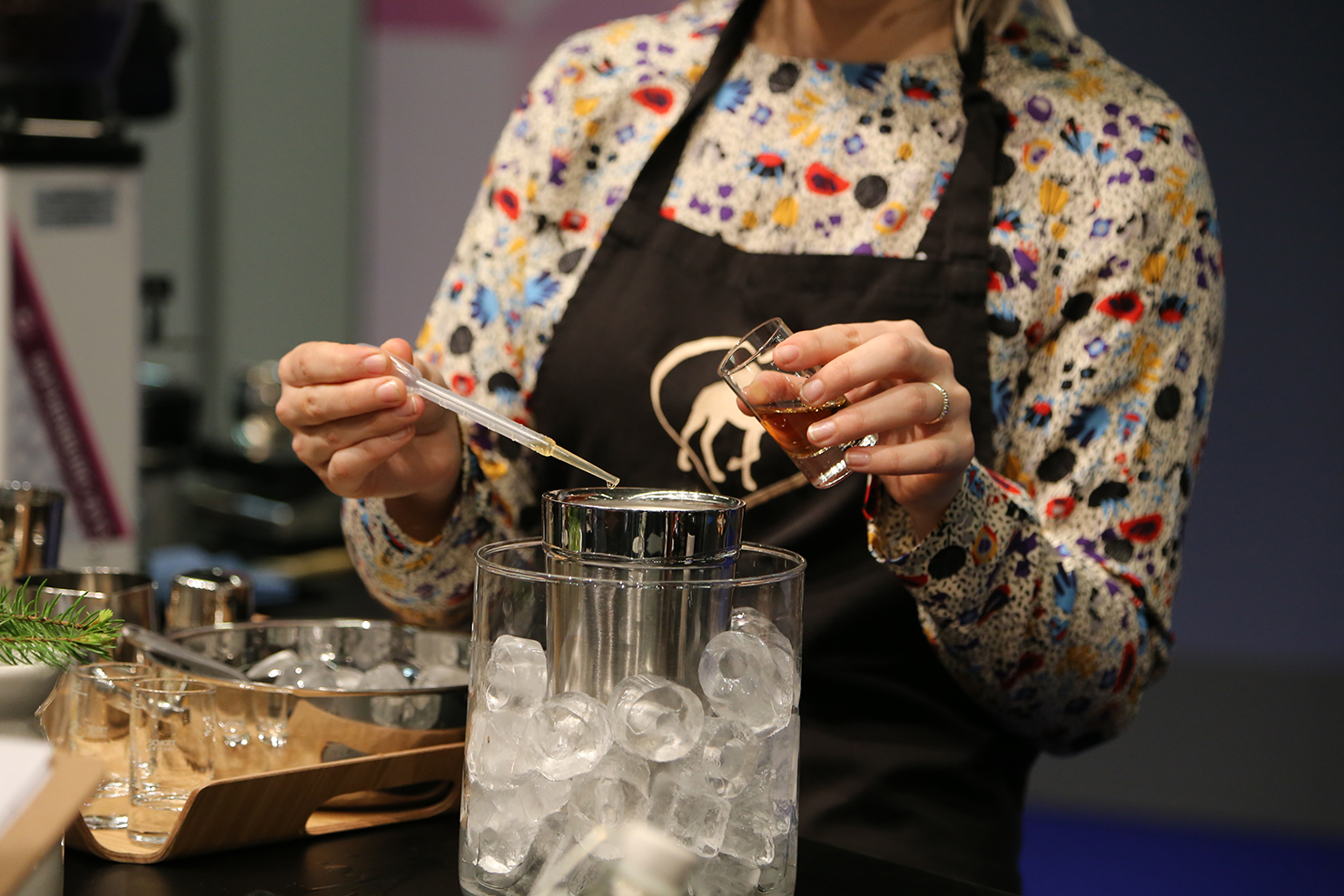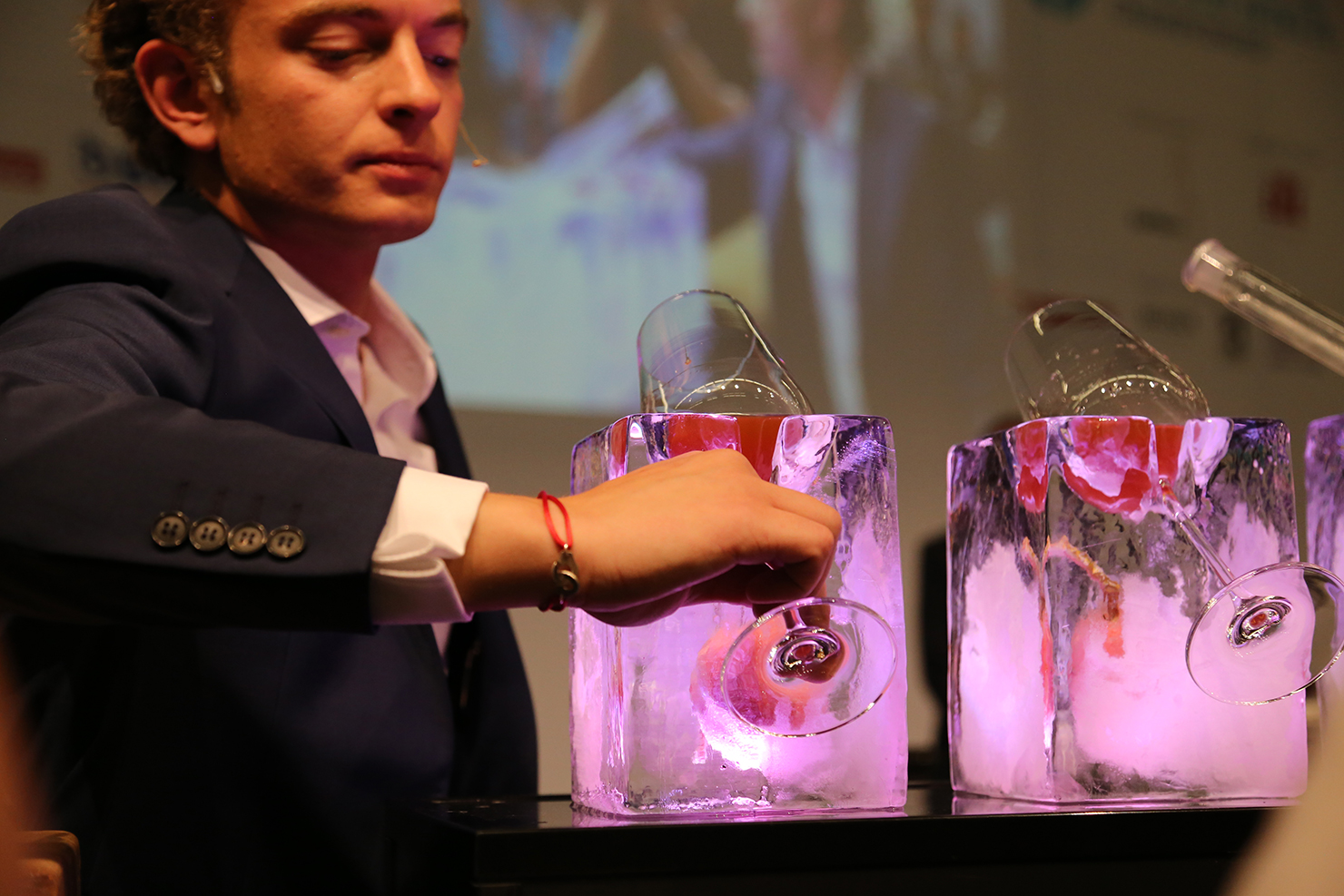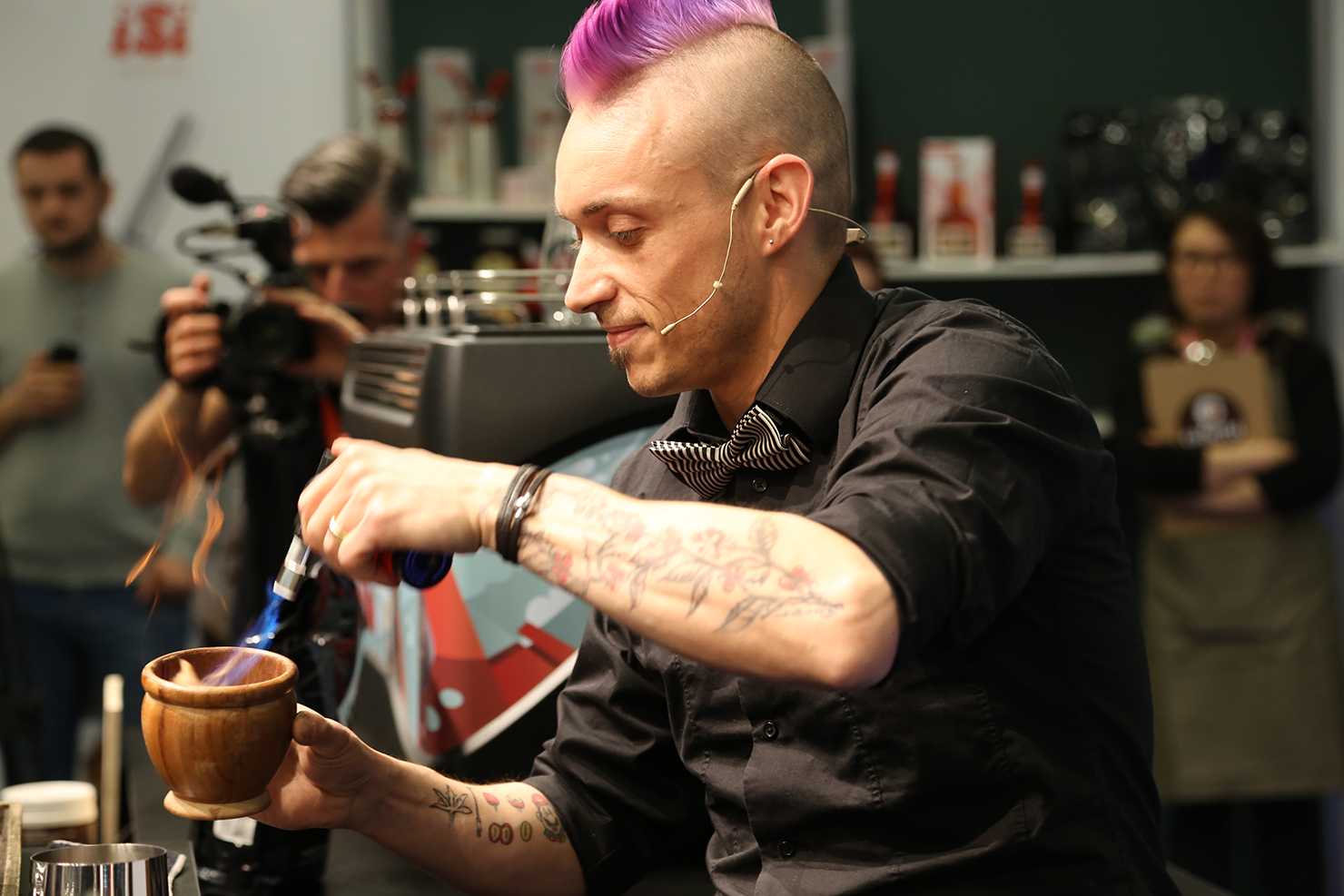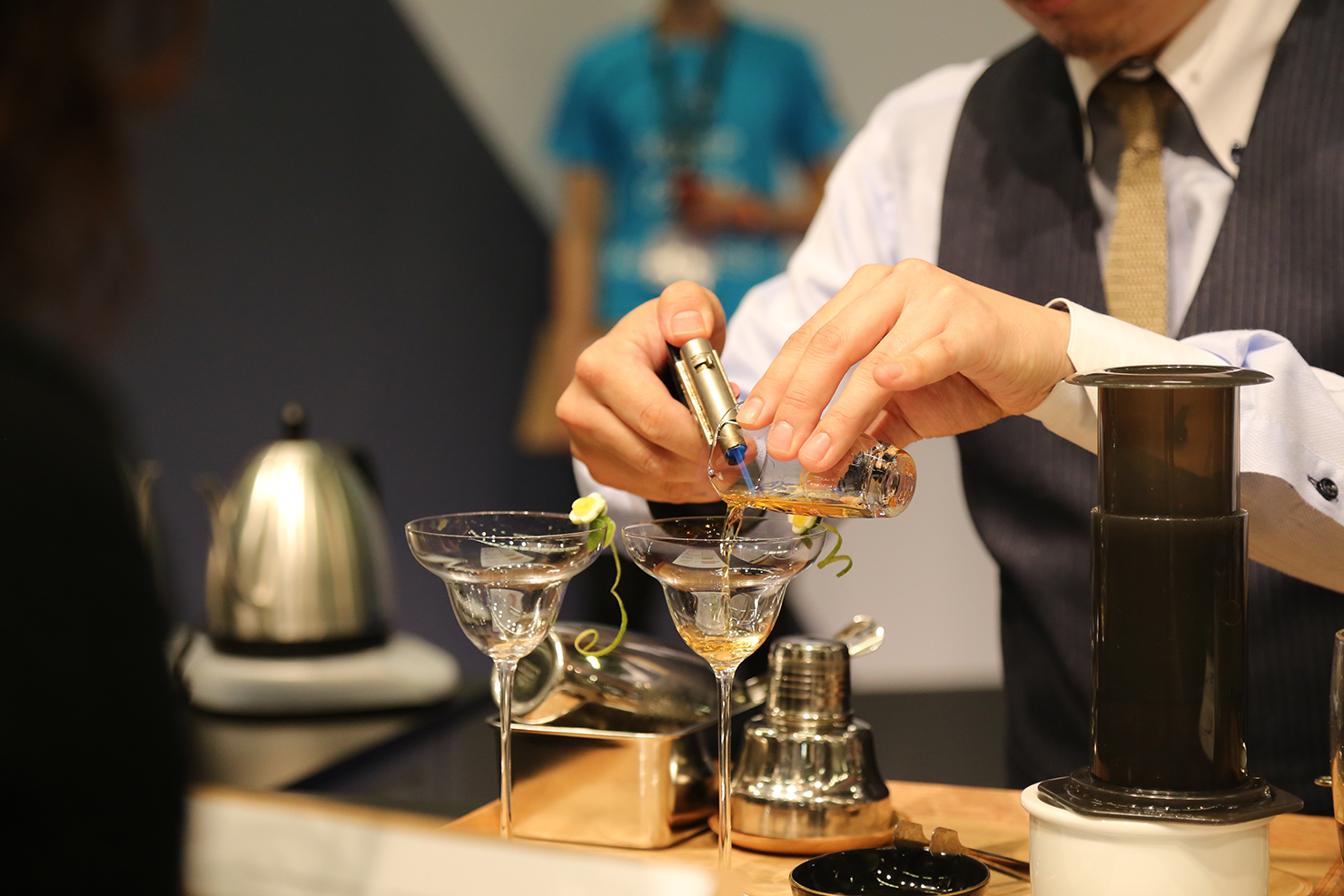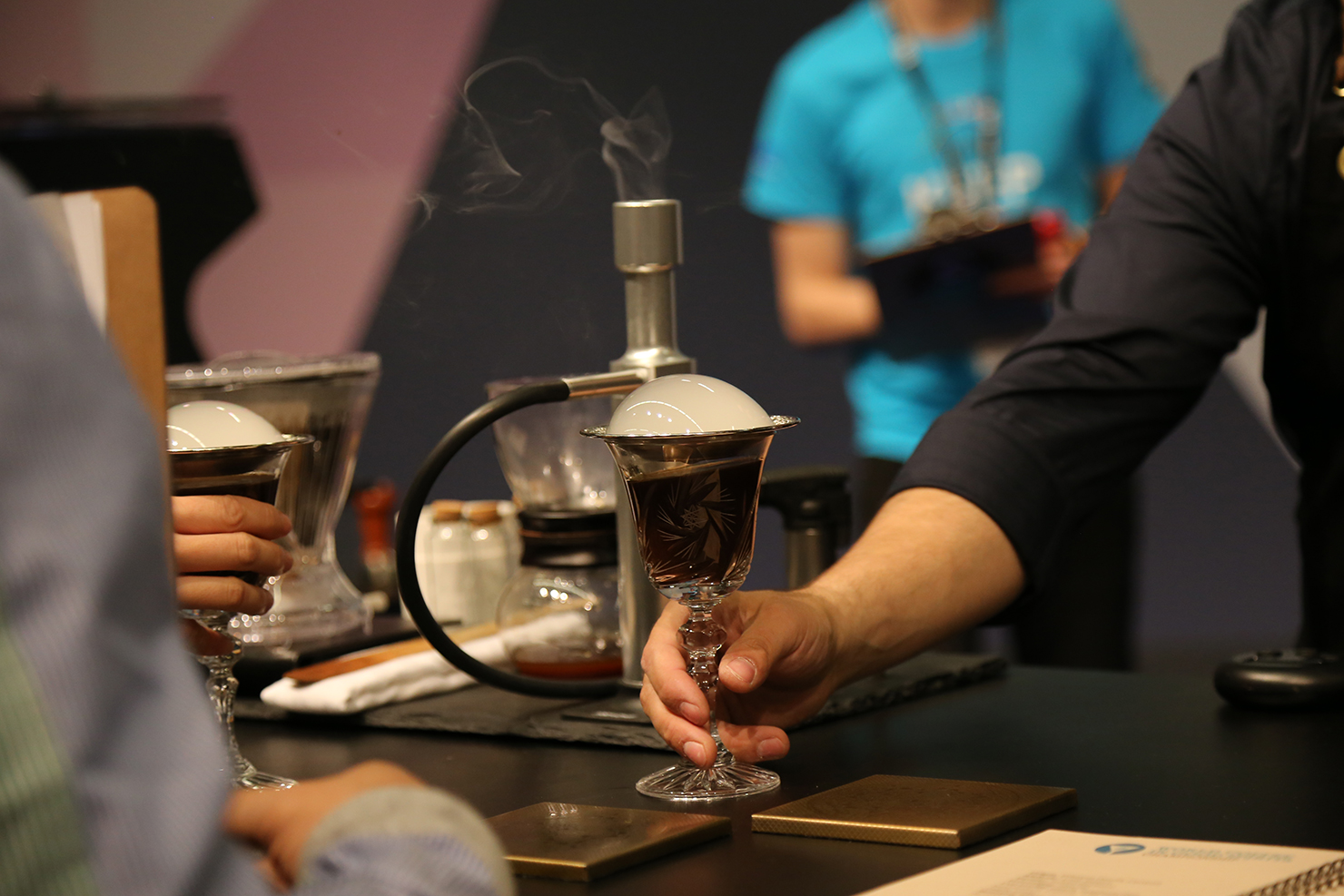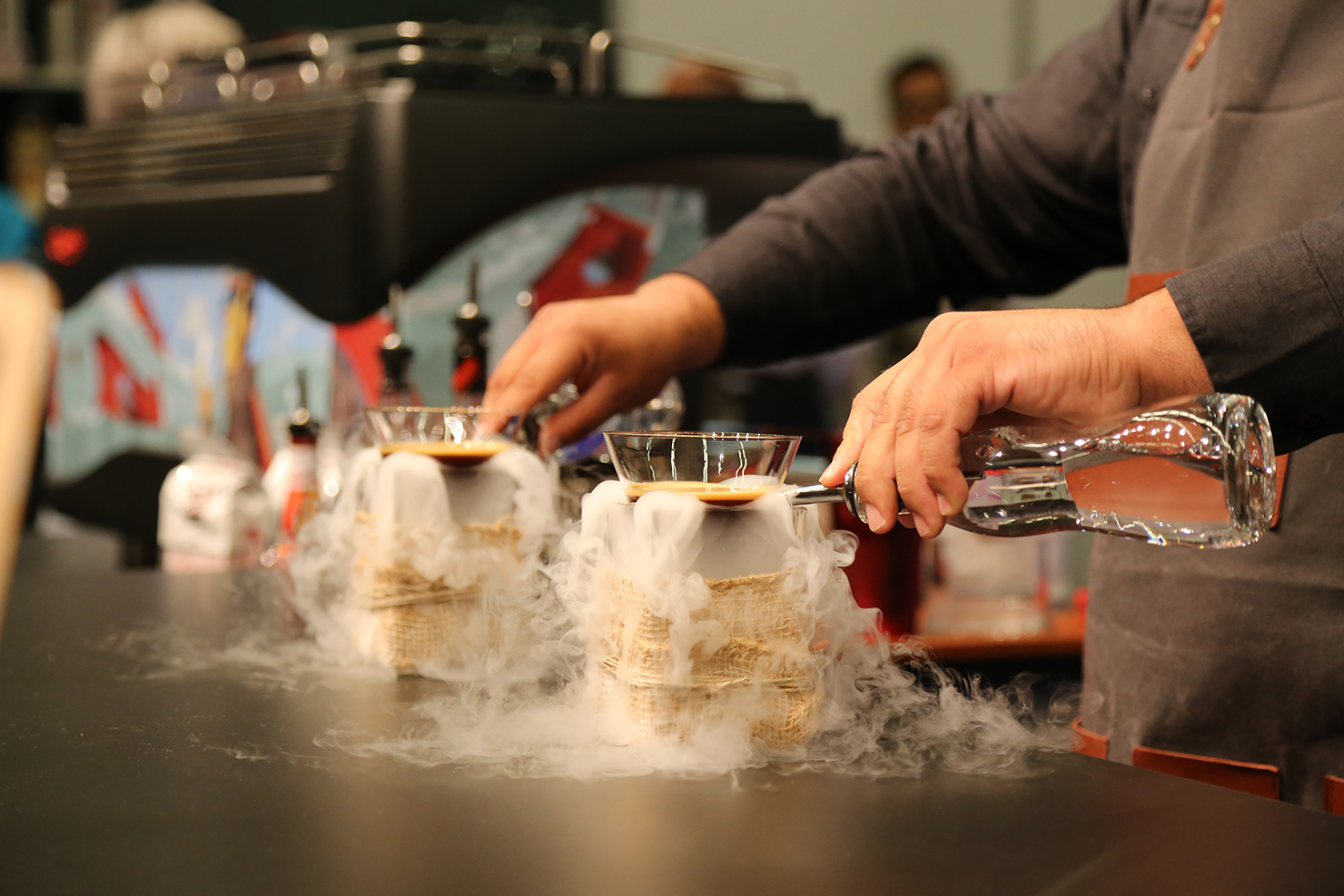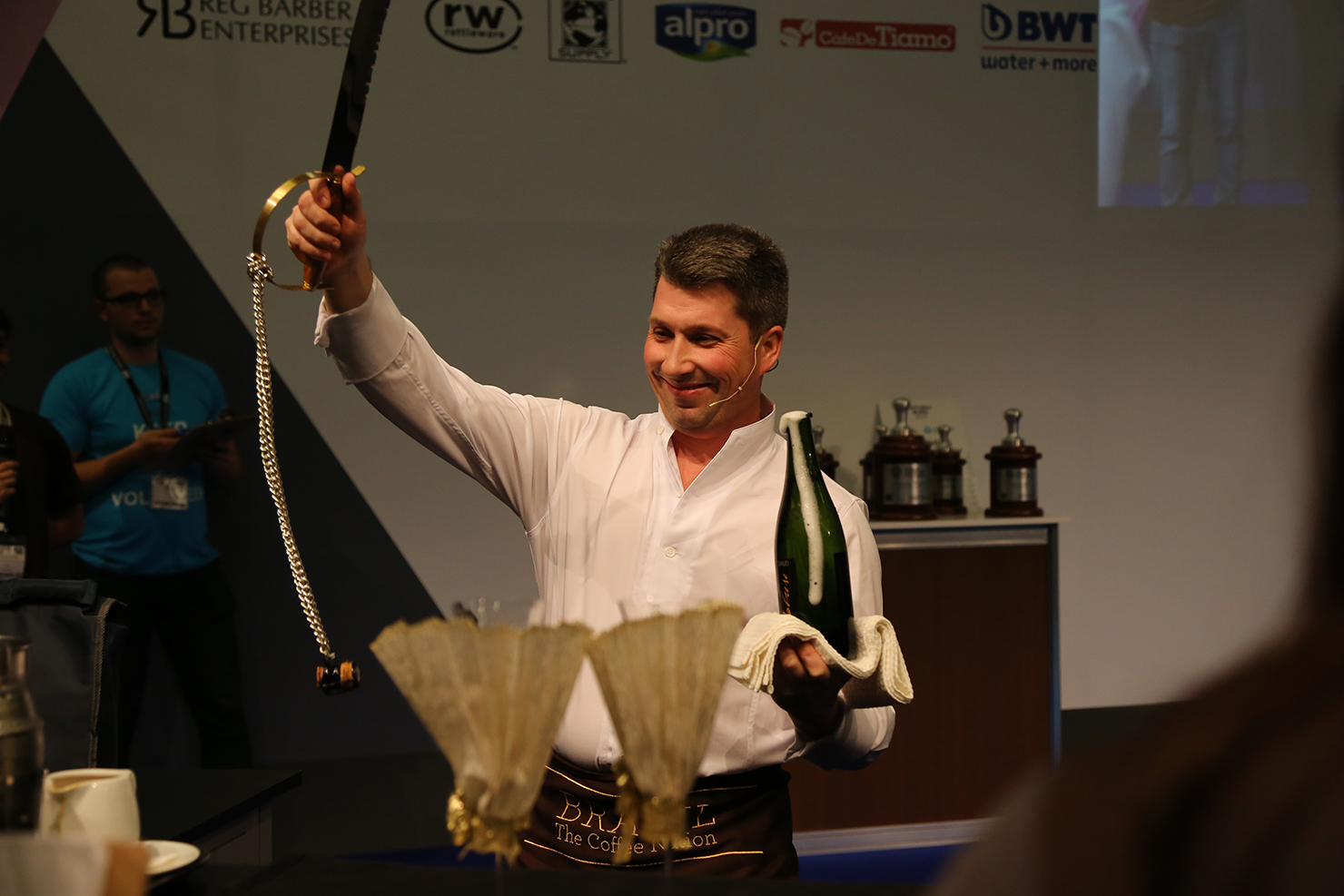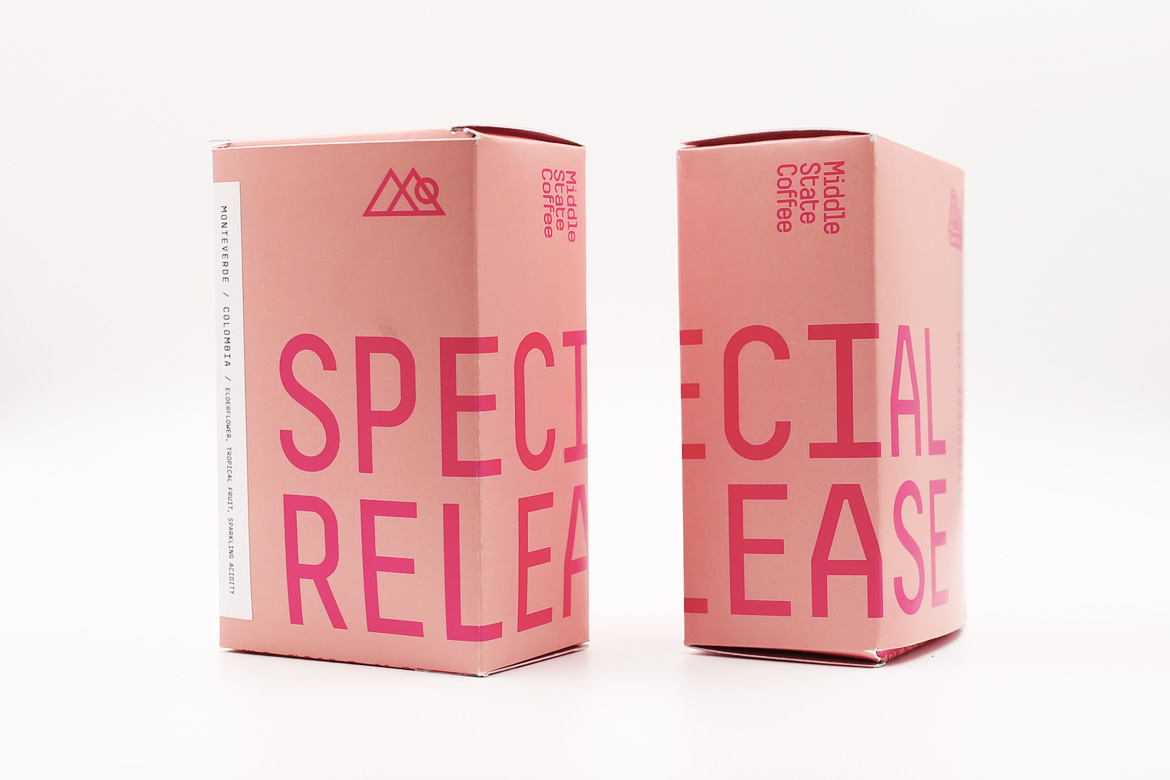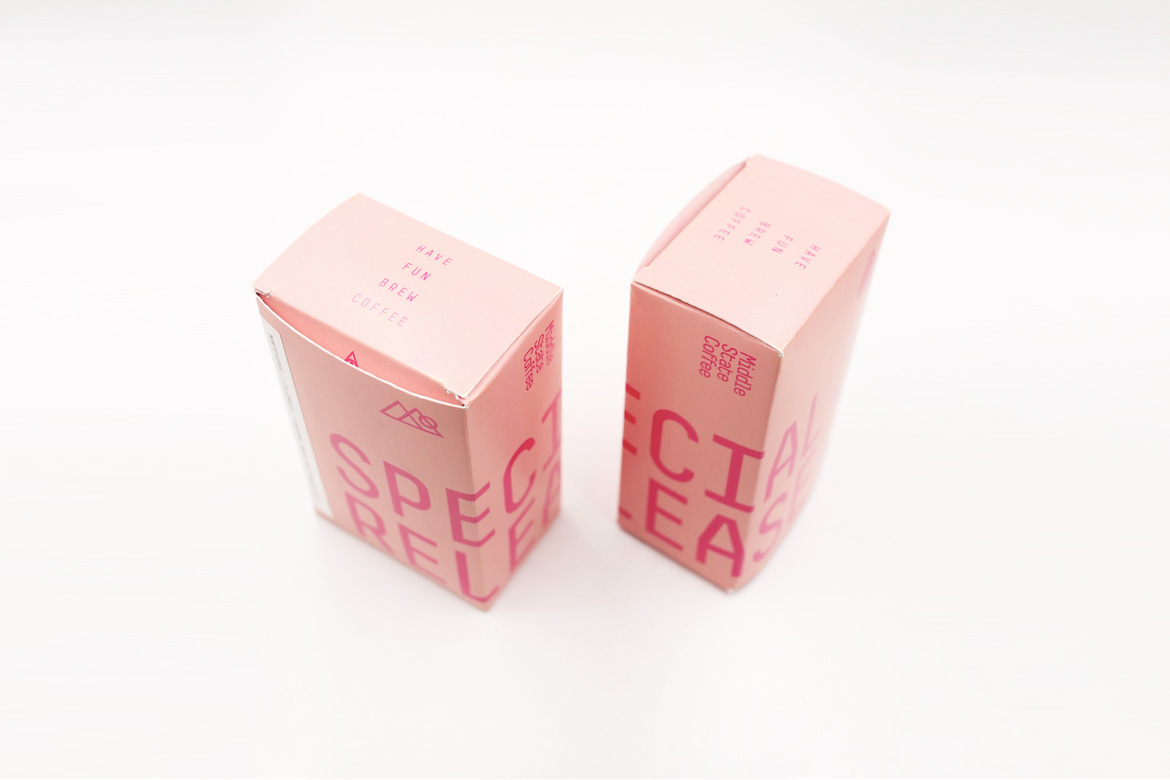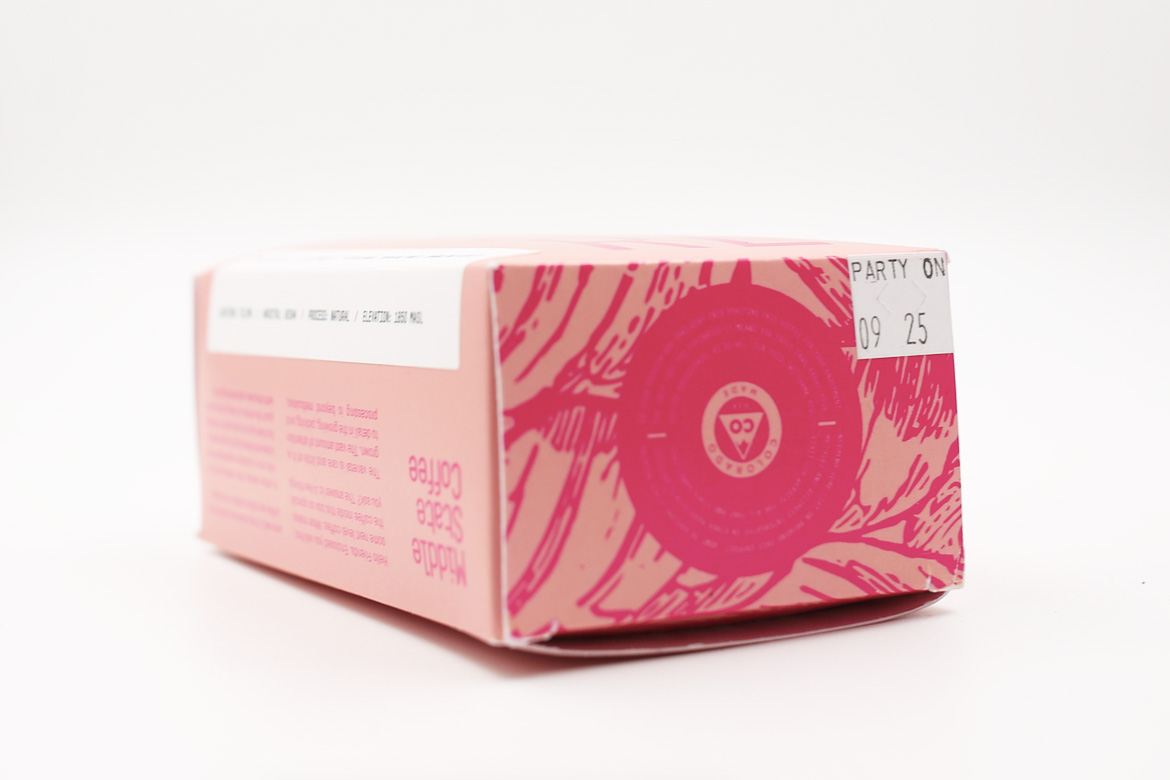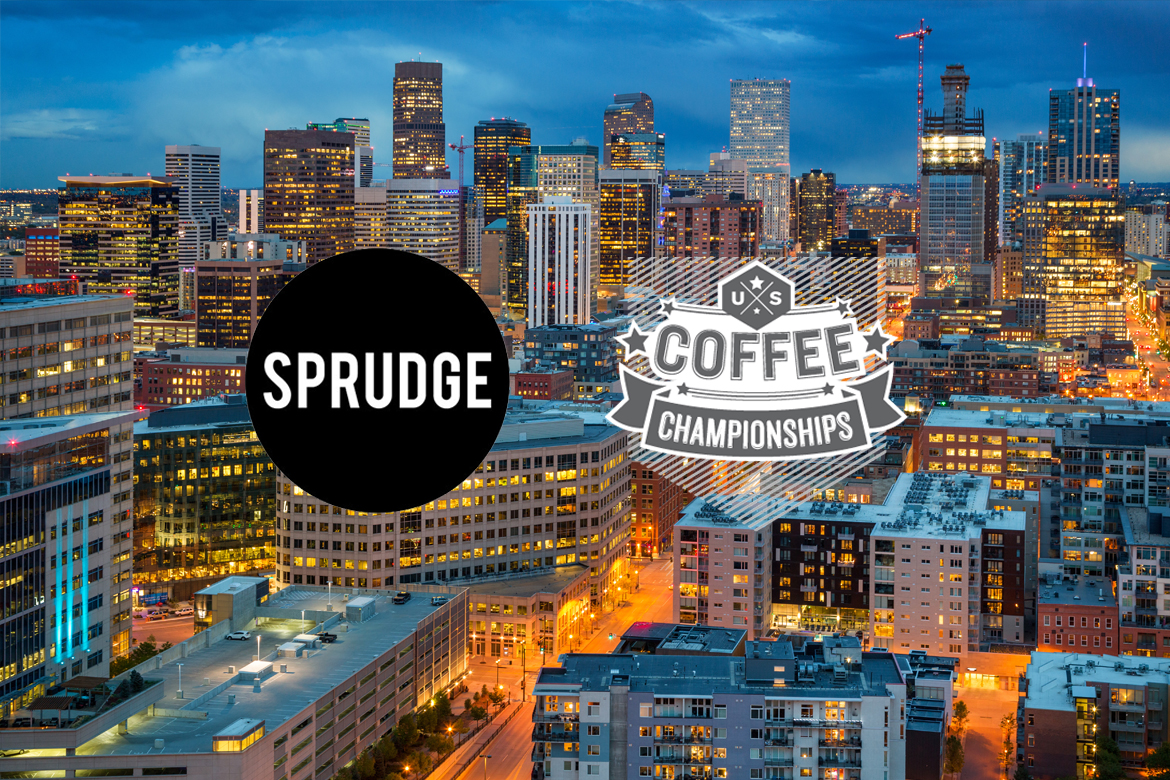En los últimos años, la sostenibilidad se ha convertido en la palabra de moda, pero la salud social, ambiental y económica a largo plazo de la industria cafetera son consideraciones muy importantes. La disminución de la biodiversidad y la pobreza en la que viven los caficultores son solo algunas de las cuestiones que se plantean.
¿Puede la industria pagar salarios justos y además ser responsable con el medio ambiente? ¿El crecimiento económico es sostenible?
Continúa leyendo para descubrir más acerca de la sostenibilidad en la industria del café.
Read this in English Sustainability in Coffee: What Are The Main Issues?
 Cerezas de café en el cantón de Tarrazú, Costa Rica. Crédito: Matthew Himmel.
Cerezas de café en el cantón de Tarrazú, Costa Rica. Crédito: Matthew Himmel.
La Definición De Sostenibilidad
La palabra “sostenibilidad” se escucha con mucha frecuencia y su significado ha ido cambiando ligeramente con el pasar de los años. Pero cuando hablamos del café y la sostenibilidad, en realidad estamos considerando lo que se conoce como el triple balance de responsabilidad: personas, planeta y ganancia.
El desarrollo sostenible satisface las necesidades de la actualidad sin poner en riesgo a las generaciones futuras. En otras palabras, es ser responsable con los modos en los que usamos los recursos para garantizar que nuestros hijos y nietos tengan lo que necesiten para vivir cómodamente.
También te puede gustar De la Finca a la Taza, ¿Cómo Puede Tu Café Ser Más Sostenible?
 Café en camas de secado.
Café en camas de secado.
¿Cómo Está Relacionada La Sostenibilidad Con El Café?
Hoy, el cambio climático y los precios justos del café son temas que gozan de la merecida importancia, pero la sostenibilidad no es una idea nueva en el mundo del café. El primer convenio internacional del café se remonta a 1962, y ya en aquella época se discutía sobre cómo limitar las cantidades que representaban un exceso en el mercado para garantizar la sostenibilidad económica.
Puede llegar a ser abrumador considerar la sostenibilidad en su totalidad y las tantas maneras en las que las personas, el planeta y las ganancias están conectados. Veamos lo que opinan los expertos.
 Bolsas de café en un depósito.
Bolsas de café en un depósito.
La Sostenibilidad Económica Promueve La Sostenibilidad Social
Daniele Giovannucci es el presidente del Comité para la Evaluación de la Sostenibilidad (COSA, por sus siglas en inglés). Esta organización sin fines de lucro trabaja para promover la evaluación de la sostenibilidad en la agricultura.
Él me contó que hace un par de décadas, los países productores de café podían cubrir sus necesidades básicas de salud y educación. También dijo que, debido al cultivo del café en el sotobosque, estas comunidades estaban equilibradas desde el punto de vista ecológico.
“Hoy, muchas no pueden decir estas cosas”, me dijo. “Los aspectos cruciales han sido la disminución de los ingresos y los sistemas de producción más agresivos que requieren mayores inversiones y riesgos más altos. En precios reales en dólares, los caficultores ganan menos de lo que ganaban hace unas décadas”.
 Daniele Giovannucci hablando de la sostenibilidad en Sintercafe. Crédito: Sintercafe
Daniele Giovannucci hablando de la sostenibilidad en Sintercafe. Crédito: Sintercafe
Daniele me contó que el reto universal para los caficultores en todo el mundo es simplemente obtener del café un ingreso suficiente para vivir.
“Sin una base económica, es difícil imaginar comunidades prósperas de caficultores que puedan ser la base de una industria diversificada y creciente”, dice.
“Hay líderes visionarios que creen que la sostenibilidad es la base de la ganancia a largo plazo y están dirigiendo sus empresas en esa dirección. Sin embargo, algunas de las grandes empresas cafeteras carecen de visión, excepto la idea poco estimulante de maximizar sus ganancias a corto plazo”.
También te puede gustar Un Mercado Volátil: La Economía de los Precios del Café en el Mundo
 Recolector de café en una finca en Honduras.
Recolector de café en una finca en Honduras.
Por Qué Necesitamos De La Sostenibilidad Social En El Café
En muchos países productores de café se sufre la pobreza extrema y no hay una infraestructura social eficiente. En un mercado cafetero muy volátil, los productores y sus familias son increíblemente vulnerables. La sostenibilidad económica de la industria está estrechamente relacionada con la sostenibilidad social de las comunidades de todo el mundo.
Los precios inestables del café tienen un impacto directo en el acceso a la educación, la vivienda, la alimentación, los servicios de salud y otras necesidades básicas. El aislamiento geográfico de muchos caficultores puede establecer costos excesivamente elevados sobre aspectos prácticos, como la compra de herramientas o el transporte de la cosecha. Estos pueden estar fuera del alcance cuando los precios caen.
También te puede gustar ¿Qué Efecto Tiene el Mercado C en Los Pequeños Productores de Café?
 Café en camas de secado.
Café en camas de secado.
Un área fundamental que se debe mejorar es la desigualdad de género. Rainforest Alliance informa que las mujeres caficultoras producen menos que sus contrapartes masculinas, porque tienen mucho menos acceso a los recursos que los hombres.
Según la Organización para la Alimentación y la Agricultura (FAO, por sus siglas en inglés), si se nivelara el juego, las mujeres podrían aumentar el rendimiento de sus explotaciones en un 20-30 %. La OIC estima que cerrar la brecha de género podría crear 30 mil millones de tazas de café adicionales por año.
En un informe de 2003 sobre la sostenibilidad en la industria cafetera, el Instituto Internacional para el Desarrollo Sostenible (IIDS) afirma que el comercio del café puede fortalecer la desigualdad de género al mantener estructuras patriarcales en la cadena de suministro. Esto sugiere que las estructuras de comercio alternativas podrían dar una oportunidad para mejorar la igualdad de género a lo largo de la cadena de suministro. Si bien, es un informe de hace 15 años, la desigualdad de género sigue siendo muy difusa en el sector del café.
El trabajo infantil es otro problema social para considerar. Se ha informado que, en algunos países, es muy frecuente el uso de niños para recolectar las cerezas en las plantaciones.
 Finca de café en Colombia
Finca de café en Colombia
Alex Morgan es el director de mercados en Rainforest Alliance. Me dijo que la organización cree que los trabajadores de todo el mundo deberían recibir un salario suficiente para llevar una vida digna para ellos y sus familias.
“De forma conjunta, fundamos la Coalición Global para Salarios Dignos (GLWC, por sus siglas en inglés), un grupo de ONG trabajando con dos investigadores destacados para determinar cuánto dinero necesitan los trabajadores para poder costear estándares de vida dignos para ellos y sus familias”, dijo. “Y este año, nos fusionamos con la organización holandesa UTZ para formar una organización más fuerte, más grande y más innovadora y así maximizar nuestro impacto mundial en los países productores de café”.
 Café procesado naturalmente en una finca en Brasil. Crédito: Paulo Henrique
Café procesado naturalmente en una finca en Brasil. Crédito: Paulo Henrique
La Necesidad Urgente De Sostenibilidad Ambiental
La sostenibilidad ambiental es quizás el problema más urgente que el mundo enfrenta en la actualidad. La agricultura es el motivo del 80 % de la deforestación y la caficultura requiere enormes cantidades de recursos. El procesamiento y la importación y la exportación del café también tienen un impacto en el medio ambiente.
Alex me cuenta que los efectos del proceso de beneficio húmedo del café sobre los arroyos y el agua potable son un problema en muchos países productores. El agua contaminada del procesamiento ingresa a los canales de agua locales y puede provocar enfermedades o la muerte de plantas, animales y humanos.
Water Footprint Network informa que el promedio mundial de la huella hídrica de una taza de café de 125 ml es de 140 litros. Con una población mundial que se estima que alcanzará los 9.800 millones en 2050, la seguridad alimentaria y el impacto ambiental de la agricultura son más importantes que nunca.
 Sacos de café verde en Jubilee Coffee en Colorado. Crédito: Devon Barker
Sacos de café verde en Jubilee Coffee en Colorado. Crédito: Devon Barker
Además, los productores están afrontando nuevos obstáculos. Alex dijo: “El cambio climático está golpeando a los caficultores de una forma particularmente fuerte. Las precipitaciones son más volátiles, tanto la sequía como las inundaciones se han extendido, y las temperaturas en aumento amenazan a los caficultores, sin importar su ubicación”.
Los climas impredecibles pueden tener un impacto directo en la calidad del cultivo. Las lluvias fuertes en una estación que se espera que sea seca puede tener un impacto devastador en toda la cosecha y, a su vez, reducir drásticamente los ingresos de los agricultores.
Alex me dijo que el café de especialidad está particularmente en peligro debido al cambio climático. “Dado que los cafés que se cultivan a grandes alturas suelen ser de calidad superior, el aumento de las temperaturas obligará a los caficultores a subir por la ladera de la montaña en búsqueda de temperaturas más frías que son las que necesita el café de especialidad. Pero a medida que los caficultores se mudan a alturas más elevadas, hay cada vez menos tierra disponible para el café”.
 Una finca de café en Zimbabue. Crédito: Nicole Motteux
Una finca de café en Zimbabue. Crédito: Nicole Motteux
En general, el cultivo del café tiene un impacto negativo en la biodiversidad, pero algunos métodos son más destructivos que otros. Las fincas de café con árboles de sombra son mejores para las aves y otras especies silvestres. Pero una cantidad abrumadora de café se produce en fincas dedicadas al monocultivo, lo cual reduce la biodiversidad.
El Foro Económico Mundial informa que las fincas de café que cultivan bajo luz solar intensa pueden tener problemas de polinización y plagas, lo cual aumenta la dependencia de los pesticidas y perpetúa aún más el deterioro ambiental.
También te puede gustar Del Grano a La Taza: ¿Cómo Cultivan Café los Productores?
Los consumidores de café también desempeñan un papel importante. Tanto los vasos descartables como las cápsulas de un solo uso son difíciles de reciclar y crean volumen de residuos con cada taza. Se están haciendo algunos pasos hacia opciones más sostenibles, incluyendo la propuesta de un impuesto al latte y de cápsulas de almidón de maíz que se pueden convertir en abono.
Pero Daniele dijo que “si bien, se están intentando hacer arreglos fáciles como mejores empaques y la eficiencia energética, la parte del negocio que realmente necesita atención es el origen”.
 Cerezas de café maduras. Crédito: Café Santa Matilde
Cerezas de café maduras. Crédito: Café Santa Matilde
¿Puede El Café Ser Sostenible?
Entonces, ¿qué podemos hacer para disminuir el impacto ambiental y garantizar el bienestar social y económico de las comunidades agrícolas?
Daniele destacó el vínculo entre las personas, el planeta y la ganancia. Él dijo: “Estoy seguro de que muchos de los factores sociales y ambientales que afrontan los caficultores se podrían abordar de forma adecuada si se tratara de forma razonable el factor económico”.
“A medida que aprendemos lo que de verdad funciona y lo que no, estamos progresando con programas de sostenibilidad más inteligentes. Es posible acercarse mucho más a la sostenibilidad. Simplemente necesitamos el coraje para convertirla en una prioridad que es parte de la ganancia y no algo ajeno a ella”.
 Cata de café en Guatemala. Crédito: Devon Barker
Cata de café en Guatemala. Crédito: Devon Barker
Alex me contó que la industria cafetera puede cumplir con el triple balance de responsabilidad. Él dijo: “Tenemos buenos ejemplos de caficultores de todo el mundo que implementan buenas prácticas agrícolas, protegen el ambiente, ofrecen buenas condiciones laborales a los trabajadores y obtienen un ingreso digno de la venta de sus cafés certificados”.
Él destaca parte del trabajo que está realizando Rainforest Alliance. “Uno de mis ejemplos favoritos es un grupo de comunidades con el que estamos trabajando que vive en uno de los últimos bosques de cafetos silvestres en el mundo. Estos son los bosques de donde proviene el café Arabica y se ven amenazados por la conversión y la deforestación”.
“Rainforest Alliance trabajó con estas comunidades y otros socios para brindar la capacitación, la ayuda técnica y el acceso al mercado para estos cafés especiales. En consecuencia, las comunidades locales están tratando con cuidado el medio ambiente, diversificando sus ingresos con la miel y otros cultivos, y ganando finalmente ingresos mejores gracias a algunos de los cafés más espectaculares e importantes del mundo”.
 Dispositivos de extracción V60 en una tienda de café.
Dispositivos de extracción V60 en una tienda de café.
Puede parecer abrumador considerar todos los efectos de la industria cafetera. Tiene impactos enormes en las comunidades de todo el mundo y en la salud del planeta. Pero hay esperanza.
Cuando compres tu café, considera su origen y el método de cultivo. Piensa en la forma más sostenible para prepararlo. Y considera si puedes apoyar los proyectos de una organización que promueve la sostenibilidad.
¿Disfrutaste este artículo? Lee Relaciones a Largo Plazo: ¿Clave para la Sostenibilidad en el Origen?
Escrito por Hazel Boydell.
Traducido por Laura Fornero. Traducción editada por María José Parra.
¿Quieres Seguir Leyendo Artículos Como Este? ¡Suscríbete Aquí!
from RSSMix.com Mix ID 8200593 https://www.perfectdailygrind.com/2018/11/cafe-y-sostenibilidad-cuales-son-los-principales-problemas/

